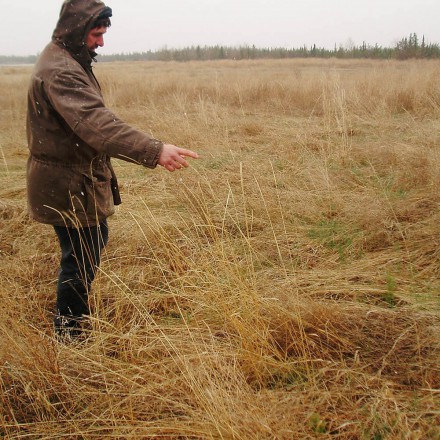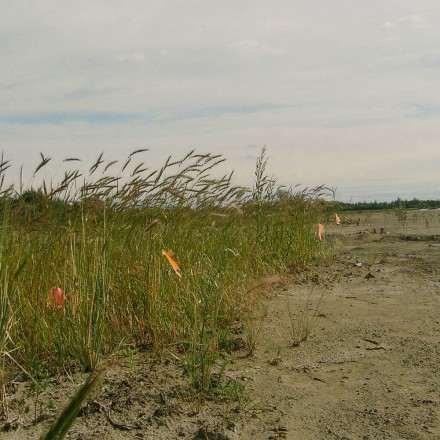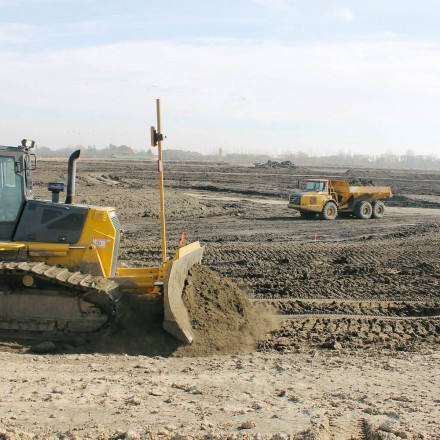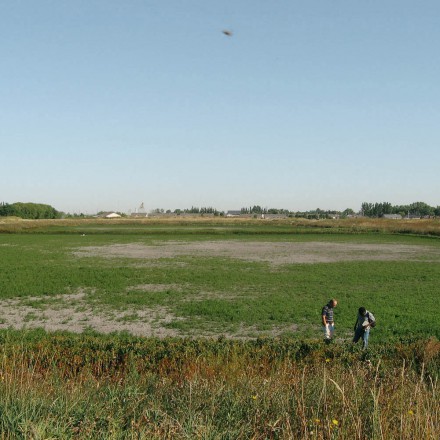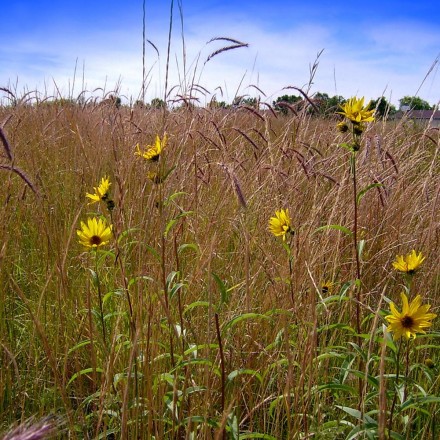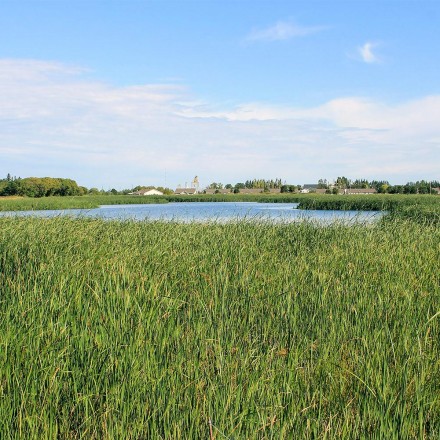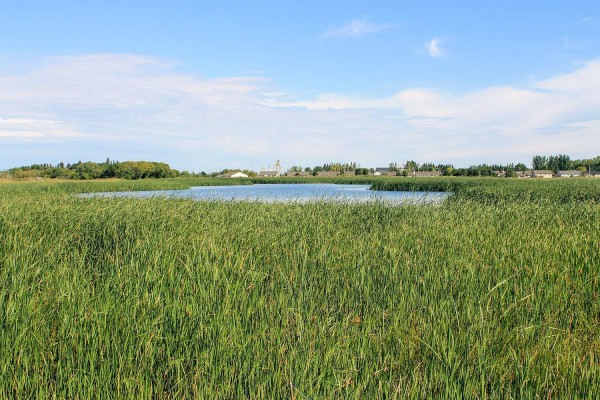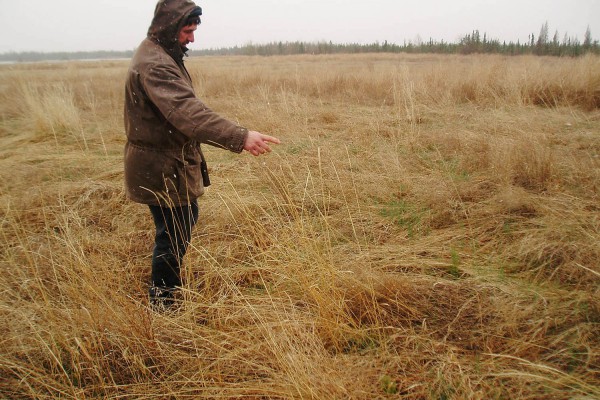The use of plants to remediate and restore contaminated or degraded soils and altered habitats provides an attractive alternative to more expensive and labour-intensive engineering approaches.
Native species are the clear choice for environmental stewardship. As indigenous species, they naturally adapt to the climatic and environmental conditions they grow in, making them a truly sustainable choice.
We customize each stand of native species so there is always vegetative cover on the land through the changing seasons. Certain native species are better suited to the cool, moist periods of spring and fall while others tolerate drier, hotter summer periods.
Once established, native grasslands are low maintenance. They need rejuvenation only once every five years. This means your maintenance costs will be lower over the long-term.
Native plants provide economic benefits.
- low-maintenance: there’s no need to water or fertilize
- minimal mowing / thatch managment
Native plants provide environmental benefits.
- Native plants promote the removal of pollutants through processes such as uptake and concentration, transformation, stabilization, and rhizosphere degradation.
- Native species are resilient against the establishment of weedy and invasive species. They possess better defense systems against pests and diseases than non-native species.
- Their deep roots can sequester significant amounts of atmospheric carbon.
- Native plants provide exceptional habitat and shelter from the elements for wildlife.
- Their structure both above and below the soil surface aids in managing wind, water, and soil erosion.
Native plants may be the right choice for your project.
- Parking lots and transportation rights of way
- Mine tailings reclamation
- Brownfield reclamation
- Erosion-prone sites
